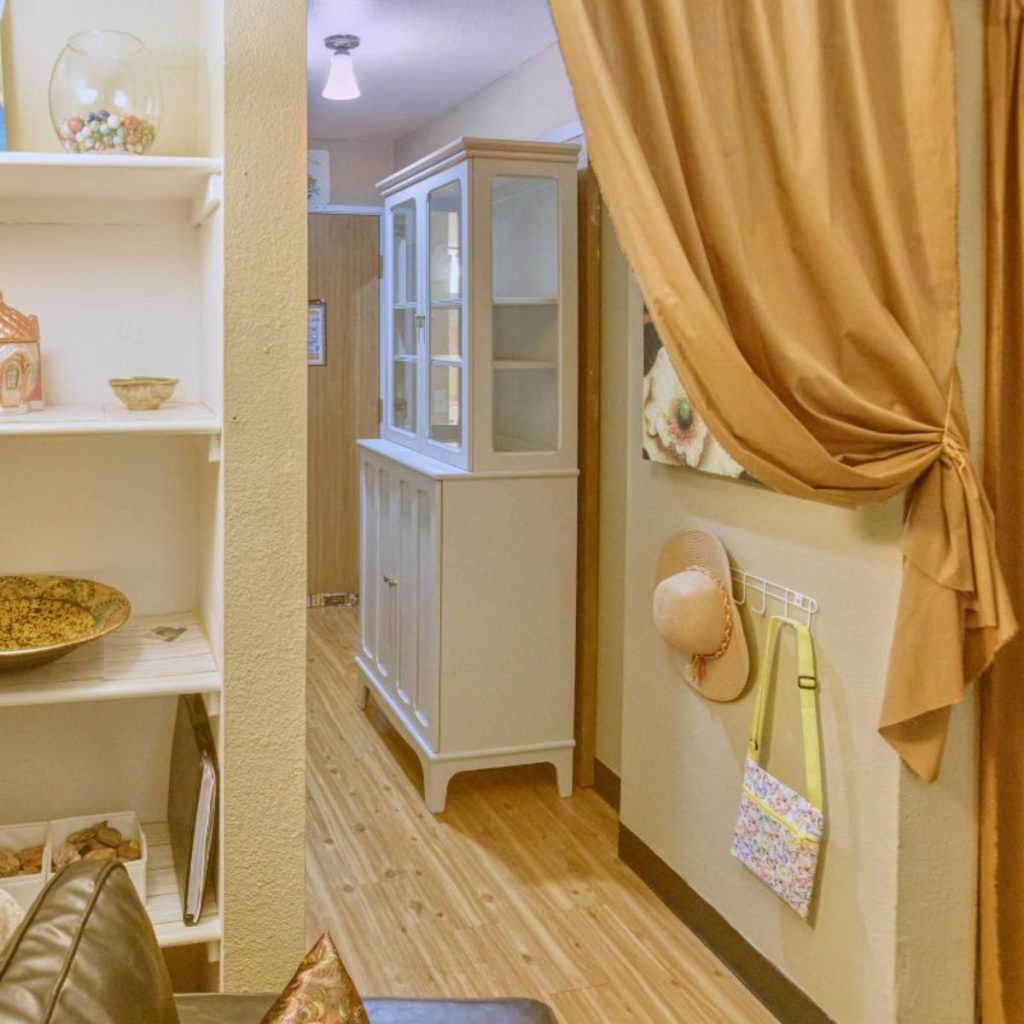Assisted living offers older adults a safe, social, and supportive environment, making it a valuable choice for those seeking comfortable retirement and quality care while managing their expenses. Paying for assisted living can be a significant financial commitment, however, but several options are available to cover the costs.
It’s essential to carefully research and visit different assisted living communities, ask questions about their pricing structure, and consider budget and needs when making a decision. Additionally, consulting with a financial advisor or eldercare specialist can help you navigate the financial aspects of assisted living for yourself or your loved one.
What Factors Impact the Cost of Assisted Living?
The cost of assisted living varies, depending on several factors, including the location, the level of care needed, the size of the living space, and the amenities provided. It can also be higher in certain areas of the country like major cities and affluent suburbs. In contrast, it tends to be lower in rural or less expensive regions.
Other factors that impact the cost of assisted living include the following:
- Level of care. The level of care a resident requires can greatly affect the cost, and communities may charge different rates based on the level of care required. If a resident needs more assistance with the activities of daily living (ADLs), such as bathing, dressing, or specialized memory care for residents with Alzheimer’s or dementia, the cost may be higher.
- Type of residence. Some communities offer various types of accommodations, from shared rooms to private apartments. Private rooms or apartments are generally more expensive than shared rooms. The size and layout of the living space can also influence the price.
- Amenities and services. Assisted living communities provide a range of amenities and services, such as dining options, transportation, housekeeping, and social activities. The more comprehensive the amenities and services, the higher the cost is likely to be.
- Community reputation. Assisted living communities with a good reputation for quality care and customer satisfaction may charge higher rates.
- Contract terms. The terms of the contract or lease agreement can affect the cost. Some communities may require a long-term commitment or have entrance fees, while others offer month-to-month options with more flexibility.
- Insurance and financial assistance. Some individuals may have long-term care insurance or qualify for Medicaid, which can help offset assisted living costs. Veterans and their spouses may also be eligible for certain benefits through the Veterans Administration (VA).
Since assisted living costs can change over time, contacting assisted living communities in the desired location is wise to get current pricing and information.
Strategies for Financing Assisted Living
 The right choice for you or your loved one may depend on your financial situation, the level of care required now and in the future, and personal preferences. The following are some common options for paying for assisted living:
The right choice for you or your loved one may depend on your financial situation, the level of care required now and in the future, and personal preferences. The following are some common options for paying for assisted living:
- Private funds. Many individuals pay for assisted living using their own savings, investments, or retirement accounts. This option offers flexibility but may require careful financial planning.
- Long-term care insurance. If you or your loved one has a long-term care insurance policy, it may cover some or all of the costs associated with assisted living. Check the policy’s terms and coverage limits.
- Supplemental Security Income (SSI). SSI is a federal program that provides financial assistance to low-income individuals aged 65 and older and those with disabilities. Some states offer supplementary SSI funds to help cover assisted living costs.
- Personal care agreements. Some families create personal care agreements or caregiver contracts, which formalize financial arrangements between family members providing care and the person receiving care. This may offer a way to compensate family caregivers for their services.
- Life insurance policies. Some life insurance policies have a cash value that insureds can be used to pay for assisted living. Policyholders may also be able to sell their life insurance policies through a life settlement.
- Assisted living benefits and programs. Some assisted living communities offer their own financial assistance programs or sliding-scale fees based on income.
- Family contributions. Family members may contribute to the cost of assisted living through regular financial support or by sharing the expenses.
It’s essential to consult with financial advisors and elder care experts to explore your financial situation and determine the best payment options for assisted living. Additionally, research assisted living communities to find the one that suits your needs and budget.
Choosing the Right Assisted Living Community
 Selecting the ideal assisted living community, whether for yourself or a cherished family member, may seem daunting. However, arming yourself with the right questions can significantly enhance the likelihood of making a well-informed choice. Feel free to reach out to Dayspring Villa for additional details regarding all our assisted living community has to offer our residents.
Selecting the ideal assisted living community, whether for yourself or a cherished family member, may seem daunting. However, arming yourself with the right questions can significantly enhance the likelihood of making a well-informed choice. Feel free to reach out to Dayspring Villa for additional details regarding all our assisted living community has to offer our residents.



